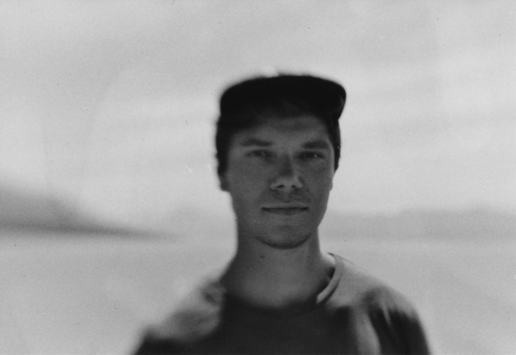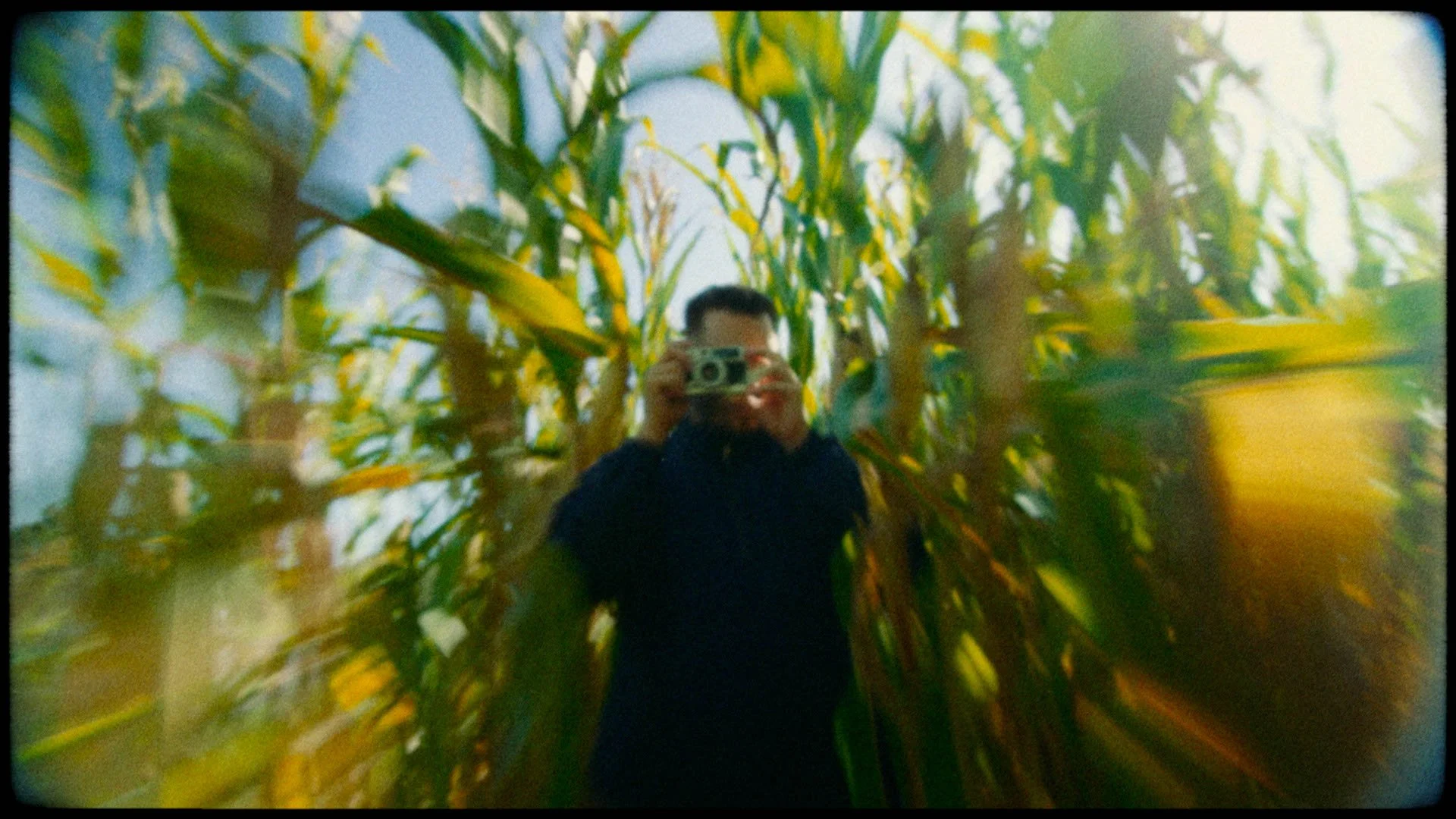Buffalo Runner
Directed by THILO GUNDELACH
United States of America 2021
Documentary, Drama
A short documentary about our shared struggle for identity & self-worth.
Read our interview with Thilo below to learn more about the film.
THILO GUNDELACH
Learn More
Est. Reading Time: 4 Minutes
On Cinematography
MARK (M) I really love your cinematography, I felt your wide shots kind of reflected Duane’s newfound openness and connection with the world, and were a nice contrast to the tight aspect ratio. Please provide a little more insight into your ideas and thoughts behind the aspect ratio and shooting style of the film.
THILO (T) Leo and I explored a lot of different ways to capture Duane’s world, Indian Relay and the Blackfeet country in general. I remember we had three main lenses - 25mm, 35mm and 50mm - and one 135mm, which we used for that stylized slow-motion shot of the horse racing past the camera. We talked a lot about aspect ratio and felt it had to be rather square (somewhat between 1:1.66 and 1.33) to differ from the view of the pioneer, the cowboy which is so strongly connected to widescreen/cinemascope (always scanning the horizon).
T For us the film was about the horse, the individual, the moment. We wanted depth and to create images which somehow let you feel and guess the world there. So we felt very comfortable with the photographic format of 3:2 (1: 1.5) and somehow ended up using the 35mm lens the most. As there was no event but the race, we were wondering how to tell time, especially with all these seemingly unconnected elements. So it was clear the interview is the determining factor and I felt the urge to somehow compress time and space to allow cutting back to him and make use of that intimacy rather than working with voice-over only.
In the edit I felt that these wide and composed images give you the feeling of studying a photo book. To me they build a foundation, a surface. While listening to his self-reflection I felt a room or realm opened up and I felt like sitting with him again. Now on a deeper level, almost being him. So creating and using these wide shots happened very intuitively.
On Process & Discovery
M In making and finishing the film, what did you discover and learn that you might adopt or further explore in future projects?
T I learned so much while making this film. Especially to let go, to listen, to observe without judgement and trust my gut. Before I was much more outcome-oriented and about to burn myself trying to meet my expectations. Filmmaking is a very dynamic process and it happens in the moment, yet until very recently I spent a lot of time thinking ahead, worrying a lot and getting caught up in these ‘what-if’ scenarios. Sure, that keeps you on your toes, it’s like going to battle, but it also kills yourself. Before I always thought that’s how it has to be. But now I understand that I spent most of the time trying to control everything, fighting circumstances, trivialities - a proper dilettante.
Making this film taught me a lot about time and space, and how to invoke and build upon the feeling I wish to convey. I have a better understanding now that filmmaking is all about observation.
Mark’s Final Thoughts
If this is one of the early projects where Thilo essentially discovered the art of observation, I can only imagine the nuance and truth that he will find and portray in the future. And I’m confident that he will look for new and unique perspectives to share on screen - reading Thilo’s explanation about the reason behind his aspect ratio choice is a nice example of him veering away from convention in order to show and paint truth in a new light.
I think many filmmakers can relate to the struggle of planning without overthinking about every possible issue and scenario. However, I assume the more films you make, the easier it becomes to let go and trust your gut.
The founder of Hommage, Mark Shaba published this interview on 11.09.2021. Mark is a filmmaker from Victoria, Australia. He respectfully acknowledges the past and present traditional owners of the land on which he creates, promotes and screens art, the Wurundjeri people of the Kulin nation who are the custodians.















